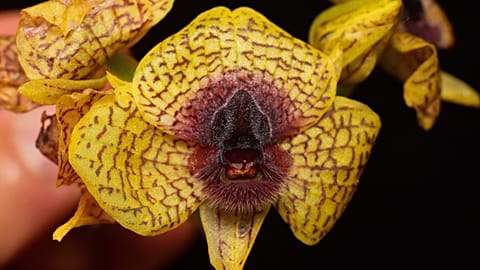Many British water suppliers discharged massive amounts of untreated sewage into the sea this summer, during a heatwave.
One of the UK’s largest water companies has released an interactive map of wastewater discharges, amid an ongoing nationwide scandal over sewage spills.
Thames Water, which supplies water to 15 million people, made the searchable map publicly available on its website, providing near real-time information about overflow activity.
On Monday, it detailed that wastewater was being released into numerous rivers around London and southern England through overflow pipes that kick in when the sewer network gets overwhelmed, such as in the event of heavy rains.
During a summer heatwave, many British water suppliers discharged massive amounts of untreated sewage into the sea, so much so that beaches were closed to protect public health.
Why is wastewater being released in UK rivers?
Critics have pointed to the privatisation of England and Wales's water network in 1989, which has led to years of mismanagement and under-investment.
Others say abnormally dry ground was to blame as it could not absorb excess water, meaning discharges into seas and rivers were needed to prevent flooding.
Associations fighting river pollution have urged water companies to publish information on wastewater dumps in a bid to improve transparency.
Are water companies doing anything to reduce contamination?
“Taking action to improve the health of rivers is a priority for us, but we also need to explain what is happening and why,” Thames Water said in a statement.
The private utility company added that it wants to ensure discharges “are no longer needed… as quickly as possible.”
Its shareholders have "recently approved an investment plan of £2 billion [€2.3bn]s… to improve service to customers, the health of the rivers and to reduce the [water] leaks," Thames Water added.
In the village of Marsh Gibbon, north London, discharges have been pumping into waterways since 19 December, according to the map.
The warnings on the map are "bad for us but good for shareholders", claimed Windrush Against Sewage Pollution on Twitter.
The organisation accused Thames Water of not doing enough to modernise the old system dating back to the 19th century while ignoring the interests of rivers and the general public.
Is the government trying to prevent water pollution?
In August, Britain’s Conservative government, then led by Boris Johnson, said it wanted to eliminate the discharge into the sea of untreated wastewater by 2050 thanks to colossal investments financed largely from customer bills.
The statement came amid the beach pollution scandal, which prompted France to complain to the EU about Britain dumping raw sewage into the Channel.
Water companies need to invest some £56 billion (€62bn) to renovate sewage systems, according to the government.
Opposition party the Liberal Democrats slammed this plan as a "cruel joke", estimating that there would still be 325,000 wastewater discharges into the sea, lakes or rivers per year in 2030.
In 2017, research by the University of Greenwich suggested that consumers in England were paying £2.3bn (€2.6bn) more every year for their water and sewerage than they would be if the water companies had remained under state ownership.


















